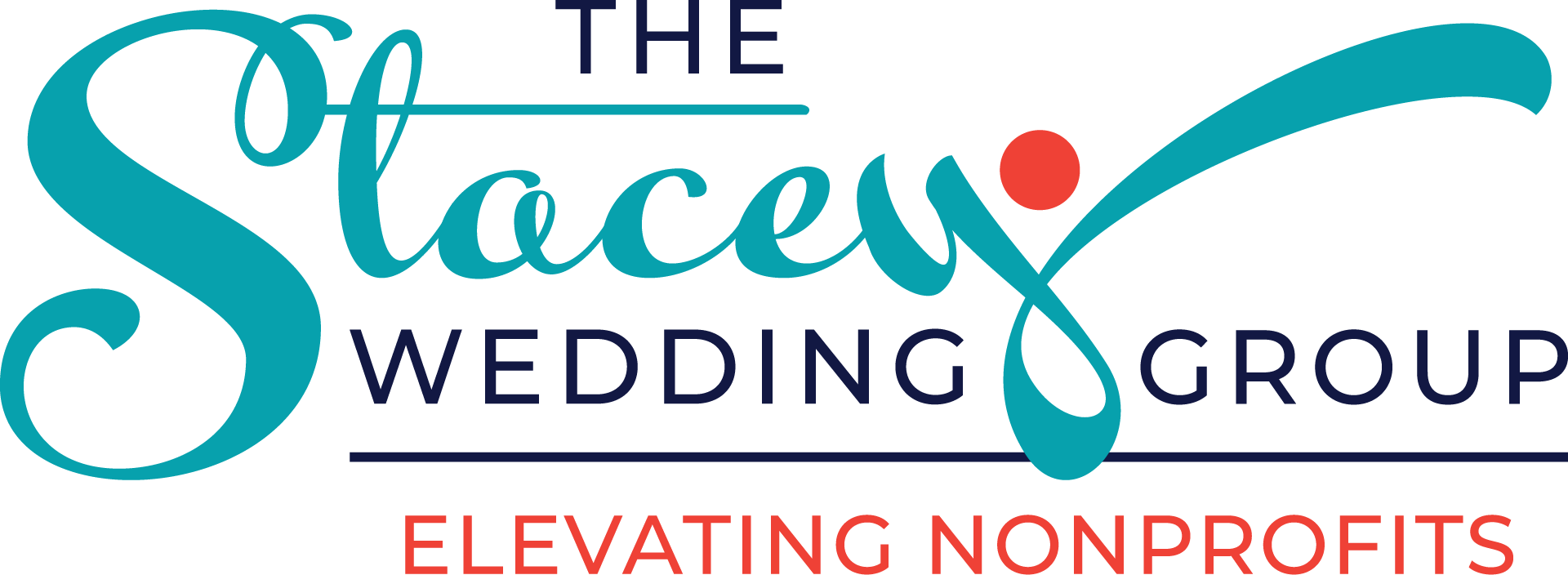Recently I had the pleasure of presenting Elephants in the Nonprofit Board Room™ at the Association of Fundraising Professionals (AFP) Conference in San Francisco. One of the attendees followed up with me and shared,
“I’m very proud that we have a 100% giving board. However, there seems to be confusion where board members perceive a ‘floor’ gift (the lowest board member gift) as a ‘ceiling’ for giving. We emphasize that it should be a sacrificial gift, and should be discussed first with a partner. The cultivation period includes giving expectations, plus we have an annual giving pledge form that board members complete and submit. Some of it has to do with the leadership of the president when it comes to fundraising.”
–Anonymous
I’m sure many of you reading this are nodding your head, relating all too well to this dilemma. Others of you may be a bit envious, only wishing you could achieve 100% board giving!
First things first. A shout out to this organization. It is a huge accomplishment to have 100% of board members making an annual financial gift. Unfortunately, it is not as common as you might think. In the BoardSource Leading with Intent 2017 report, only 59% of nonprofits that participated in the survey require board members to make an annual financial gift. That’s dismal in our opinion.
It sounds like this organization is doing all of the right stuff—talking about a sacrificial gift, sharing giving expectations during board member cultivation, and having an annual giving pledge form. Score, score and score!
So, then, what’s the problem? Well, as Anonymous suggests, the board president may not be particularly strong in setting the example. And as we all know, people follow the leader, so a weak leader—at least in this area—can have a less than positive ripple. Below are some ideas we’d encourage anyone facing this situation to consider:
- In the Short Term – Consider having a Crucial Conversation with your board president. So often our proverbial elephants grow because we aren’t comfortable initiating the conversation. Assuming (and hoping!) the Executive Director/CEO has an ongoing meeting with her board president, she will want to consider including the topic on the next meeting agenda. During the meeting, the Executive Director can say something like, “I am so proud of this board for reaching 100% board giving status. I would also love to see each person take it to the next level and move to a sacrificial/meaningful gift. A stretch gift. As the leader of the board, I’m wondering if you’d be willing to set the example moving forward and invite board members to join you?”
Note: If the board president isn’t receptive, then consider suggesting someone else on the board who is respected and well-regarded, who can speak up and offer a challenge to the board at the next meeting. Make sure to have your board president’s buy in on this idea! The board president can help you strategize on who the best person would be to offer that challenge to the board, and then the board president, in partnership with you, can recruit that person.
The key is to walk away with some agreed upon next step—whether the board president will set the example or empower someone else to do so. By sharing your concerns with your board president, you are further developing a relationship based on openness, honesty and trust. You also are enlisting the board president’s support to help you solve the problem.
- In the Long Term – A longer-term solution might involve some or all of the following:
a.) When engaging in succession planning, reflect on what type of leadership the organization needs and who will best fulfill that. Then groom the president-elect to ensure you have someone who can be the example for others in this area.
b.) Don’t share individual board member giving amounts. Allow each board member to reflect on his/her own ability and then communicate that to a designee. Share the percentage of board members giving and the total amount being given by board members rather than individual amounts.
c.) On the pledge form, include a question next to the amount board members pledge. The question can simply read, “Is this a personally meaningful gift for you?” Simply asking the question can be a reminder to board members to make a more meaningful gift.
d.) Invite a board member from another organization to one of your board meetings to share their success story with board member giving. Find someone who fits the bill for what you’re looking for, and the let the subtle peer pressure from a board colleague help inspire your board members to open their pocketbooks a bit more.
Are you struggling with your own board elephant? Please email us what’s on your mind at PiPAdvisor@profinphil.com, and we’ll address in a future blog post. If you prefer to keep it anonymous, just let us know, and we’ll be sure to honor your wishes!
Yours Truly,
Stacey
